1. Standing in Long Lines for Tickets
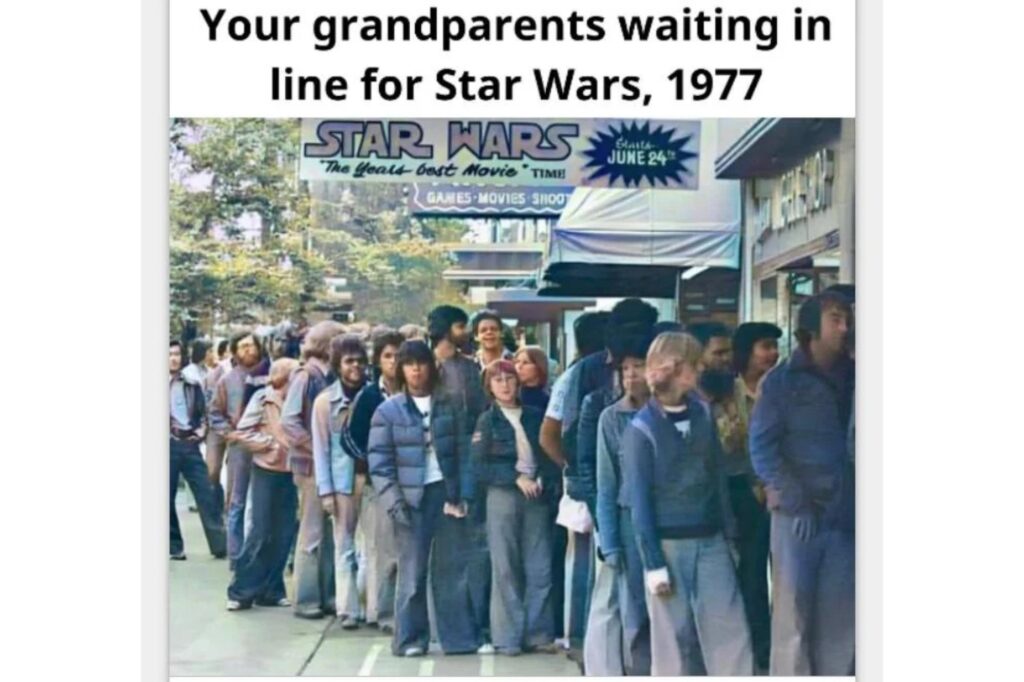
It’s easy to forget that just a few decades ago, the act of going to the movies was a vastly different sensory and social experience. Before the age of digital tickets and plush reserved seating, a trip to the theater came with its own set of charming quirks, and sometimes, minor annoyances. Before the rise of online ticket vendors like Fandango and mobile apps for advance purchasing, securing a seat for a new blockbuster required a physical act of patience: standing in line. For highly anticipated movies, especially on an opening Friday night, these lines could snake around the building and even down the block. Your place in line was your ticket, and there was no guarantee you’d get in. This created a palpable sense of community and shared anticipation, where fans would swap theories, debate trailers, and anxiously eye the ticket window. The process was a pure gamble, a mixture of intense excitement and anxiety, as you hoped the “Sold Out” sign wouldn’t be slapped up right before you reached the front. This communal waiting experience, which made simply getting a ticket an event in itself, is largely lost in today’s digital, guaranteed-seat era.
2. Paper Tickets You Kept as Souvenirs
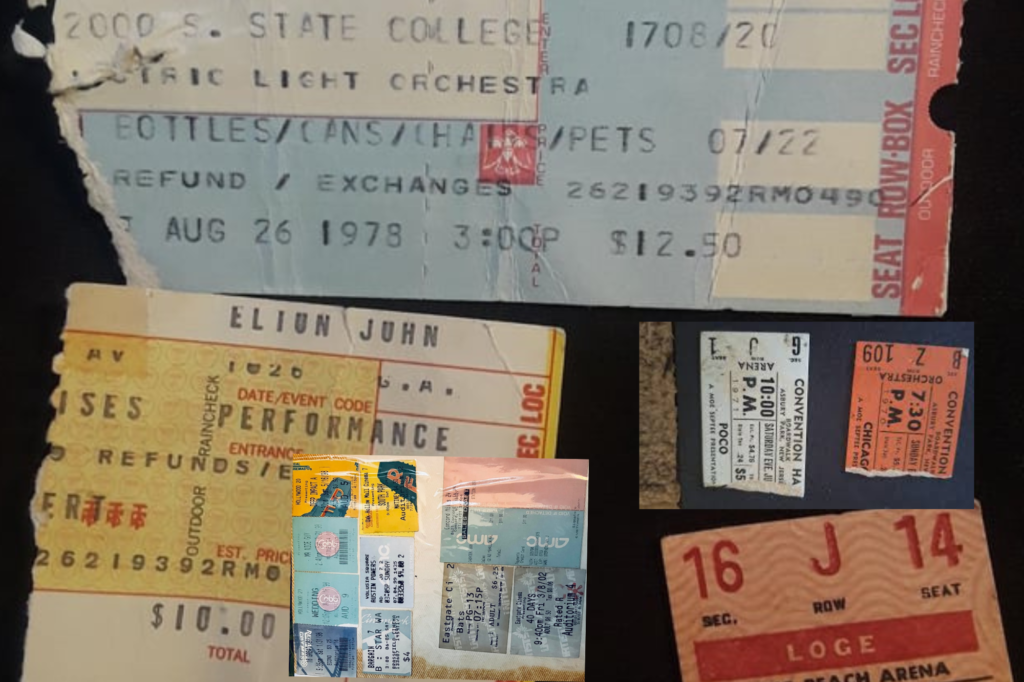
A movie ticket wasn’t a disappearing QR code or a line in your email inbox; it was a physical artifact, a small paper stub that was often treasured. An usher, not a scanner, would ceremoniously tear or punch the ticket to validate it as you walked in. These stubs weren’t just entry passes; they were tangible proof of a night out, a memory you could hold. Dedicated moviegoers would collect them in shoeboxes, pin them to corkboards, or use them as bookmarks, creating a personal, tactile history of every film they had seen. This tradition of keeping mementos is largely gone, as digital transactions leave no physical trace. The small, often colorful or specially printed paper ticket was a simple but significant keepsake that enhanced the sentimental value of a movie trip.
3. Sticky Floors and Mystery Smells
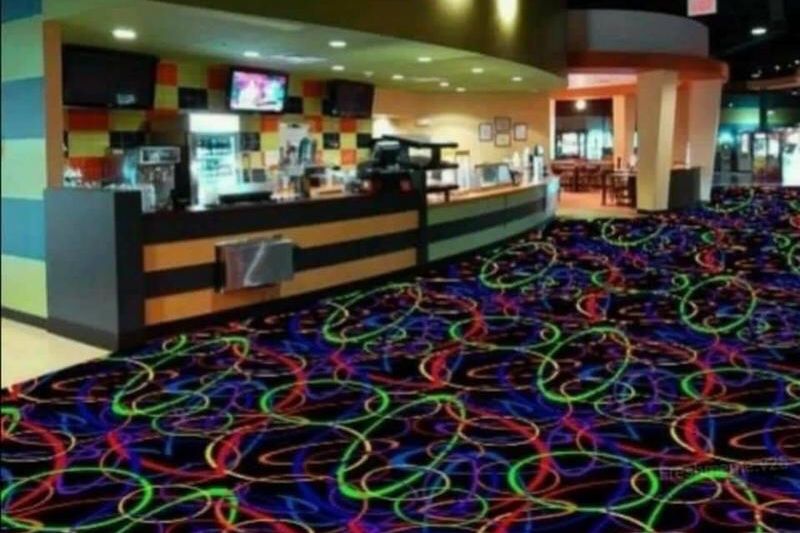
Walking into a movie theater decades ago was a unique sensory experience, often characterized by sticky floors and a pervasive, unmistakable aroma. Unlike today’s immaculate multiplexes, older theaters had carpets and concrete floors that were an unfortunate testament to decades of spilled soda, dropped candy, and generous amounts of popcorn butter. Stepping on the floor often resulted in a small, audible slap as your shoe reluctantly pulled away from a sticky spot. This “theater smell”, a mix of stale sugar, warm butter, and industrial cleaner, was a defining, if slightly nauseating, element of the experience. Though unsanitary by modern standards, that sensory combination was simply accepted as part of the ritual, contrasting sharply with the pristine, scent-controlled environments young people expect today.
4. Giant Marquees Outside Theaters
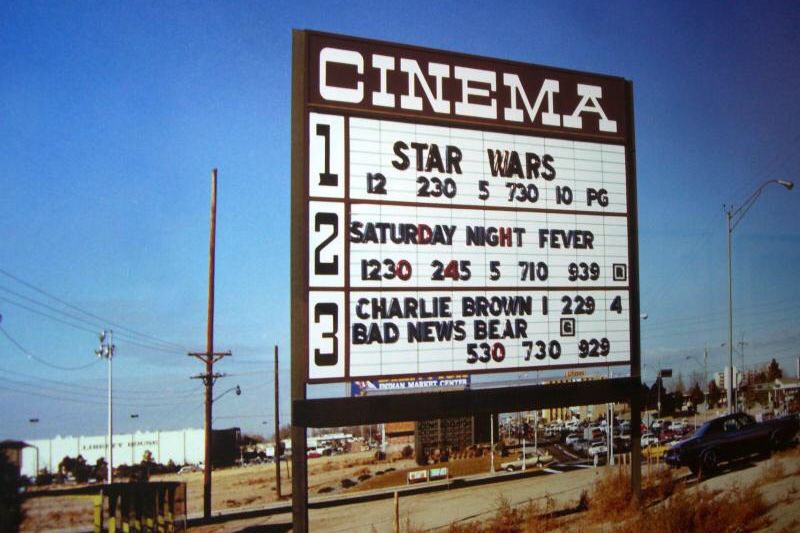
The marquee was the glorious, towering centerpiece of any older theater, serving as the neighborhood’s beacon of entertainment. These weren’t sleek, glowing digital billboards; they were massive frames with tracks designed to hold interchangeable plastic letters. Dedicated theater employees had to climb tall ladders to manually place each letter, often leading to endearing typos or misspellings that added local color. Seeing the name of a highly anticipated movie, like E.T. or Star Wars, spelled out in lights was a truly grand, public declaration that made the film feel like a major civic event. Today’s standardized LED screens are efficient and flawless, but they lack the vintage, slightly awkward charm and the palpable sense of effort that went into manually illuminating the night’s cinematic offerings.
5. Ushers with Flashlights
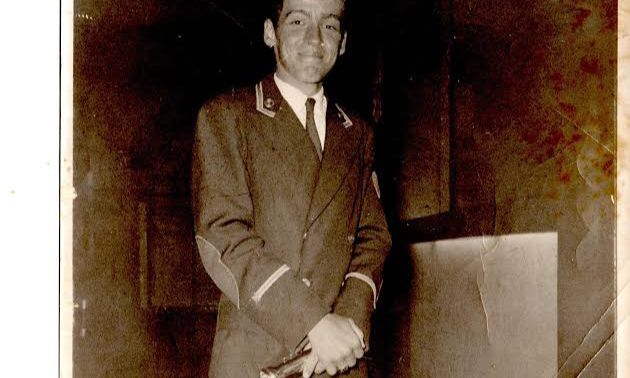
In a time before stadium seating and the universal practice of assigned seats, the usher was a crucial figure in maintaining order and guiding the audience. Equipped with a simple but powerful flashlight, these staff members were more than just ticket-takers. They were guides who would lead latecomers through the dark, unreserved aisles, carefully pointing the beam at empty seats to avoid distracting the already-seated audience. The usher was also the primary enforcement agent, responsible for politely policing rowdy kids, dealing with occasional disputes over seats, and, in earlier decades, enforcing the “no smoking” rules as theaters began to transition. Their presence added a layer of formal supervision and ceremony that made the movie-going experience feel both more organized and a little more like an official live performance.
6. Double Features
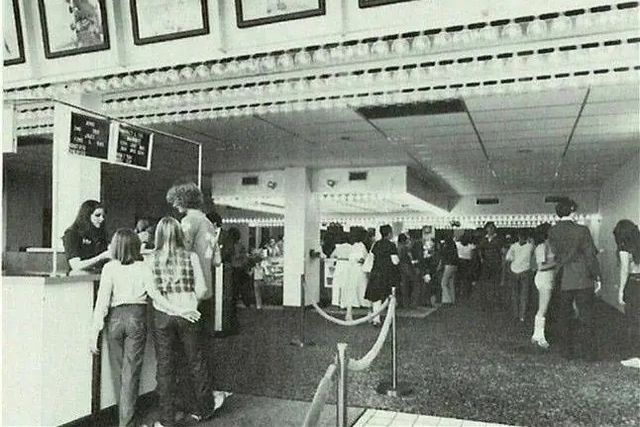
The concept of the double feature offered incredible value and turned a simple movie trip into an all-afternoon or all-evening event. For the price of a single ticket, patrons were treated to two full-length movies shown back-to-back. Sometimes this meant pairing a new B-movie with an established hit, or grouping two films from the same genre for a themed marathon. This was particularly popular with families and teenagers who could make a cheap and lengthy outing out of it. The programming was often idiosyncratic, creating unexpected juxtapositions that might not make sense today, but offered a unique, sprawling cinematic experience. Outside of rare, modern special events, the tradition of offering a true double feature as a standard ticket price has been phased out in favor of single-show runs.
7. Cartoon Shorts Before the Feature
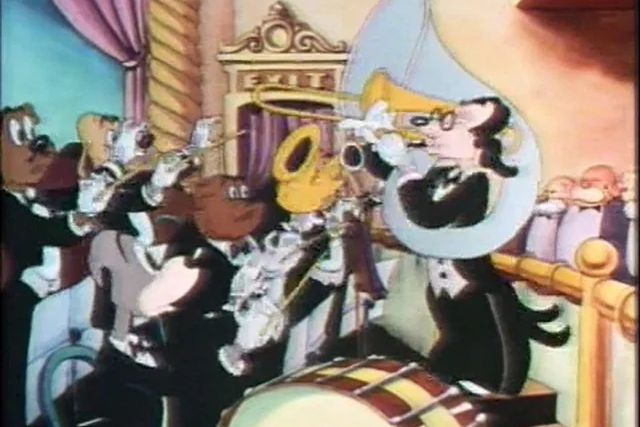
Before the onslaught of modern trailers and ubiquitous commercials, a fun part of the movie-going warm-up was the screening of cartoon shorts. These were often classic, animated gems featuring characters like Bugs Bunny, Woody Woodpecker, or Tom and Jerry. They weren’t just filler; they served to settle the audience, entertain younger children, and perfectly set a light, anticipatory mood before the main feature began. This was essentially a bonus show that delighted audiences and felt like a small gift with the ticket price. Today’s opening segment is entirely dedicated to a relentless stream of previews and advertisements for everything from cars to soft drinks. The charming tradition of a quick, high-quality animated short to simply entertain the crowd is a lost art of the cinematic curtain-raiser.
8. Intermissions in Long Films
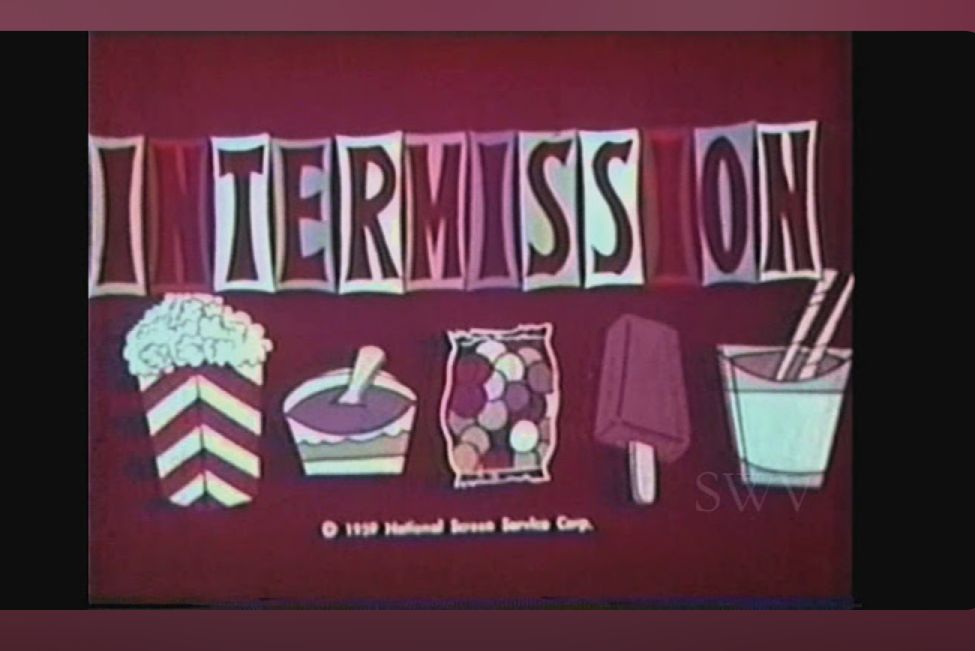
Long before the era of four-hour-plus superhero epics that run straight through, truly epic movies like Lawrence of Arabia or Ben-Hur included a mandatory intermission. At a pre-determined point, the screen would fade to black, a simple title card would appear, and dramatic music would play. This 10-to-15-minute break was a welcome chance for the audience to stretch their legs, rush to the restroom, or debate the first half of the film while reloading at the snack bar. It was a structured moment of breathing room that recognized the physical demands of long-form viewing and provided a chance for the audience to collectively process the unfolding drama. Today’s theaters, focused on maximizing turnover, have completely abandoned this communal and necessary break, forcing modern audiences to endure long runtimes without relief.
9. Smoking Sections
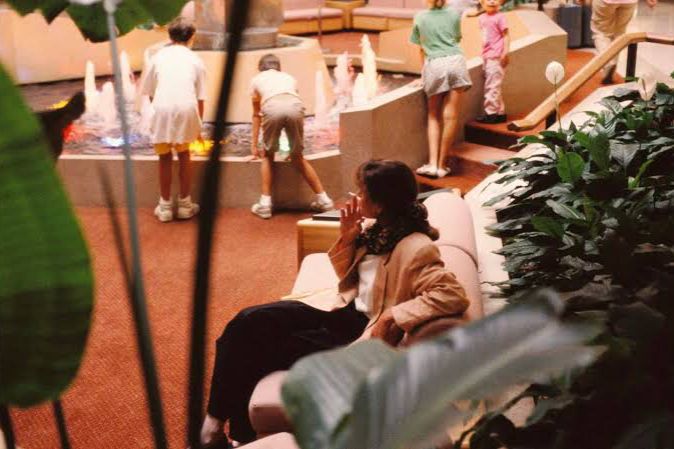
In what is now an almost unthinkable scenario for a family venue, many movie theaters well into the 1980s maintained designated smoking sections. These were typically located in the rear rows or sometimes separated by a short wall or barrier in the balcony. While intended to isolate the smoke, the reality was that the smell still pervaded the entire auditorium, mixing with the aroma of popcorn and becoming an accepted, if often complained-about, element of the theater environment. For non-smokers, it was an inconvenience; for others, it was the only way to enjoy a movie while having a cigarette. The very idea of people lighting up in a public, enclosed space like a cinema is a startling cultural relic that highlights the massive public health and social shifts that have occurred since that era.
10. Balcony Seating
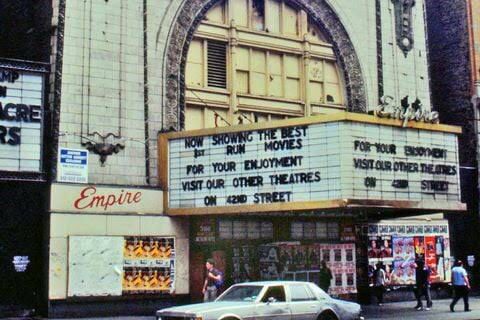
Many classic, grand theaters of the mid-20th century were designed with balconies, a second tier of seating that overlooked the orchestra section below. This elevated perch offered a unique and often coveted bird’s-eye view of the screen and the entire theater. For couples, the rear of the balcony offered a private and secluded space; for kids, sitting high up felt like a special treat. The architecture itself made the act of going to the movies feel majestic and theatrical, reminiscent of an opera house or a playhouse. Modern multiplexes, built for efficiency and standardized stadium seating, rarely incorporate this element, thus losing the sense of grandeur and the unique perspectives that the original theater balconies provided to generations of moviegoers.
11. Overture Music Before the Movie
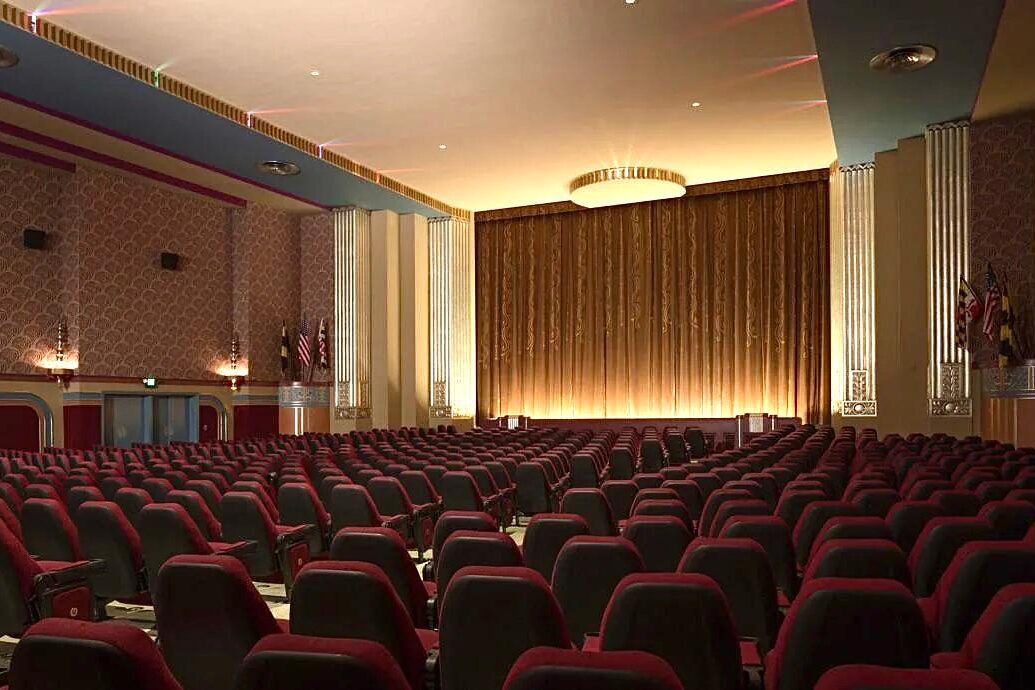
The film overture was a grand, ceremonial opening that signaled to the audience that the main event was about to begin. For many epic or prestige films, a dedicated piece of orchestral music would play to a dark or curtained screen before the first frame of the film appeared. This wasn’t merely background noise; it was an artistic device used to build anticipation, set the film’s tone, and encourage the audience to settle into a hushed silence. It was a clear, unhurried transition from the busy lobby to the immersive world of the movie, demanding a level of respect and focus. That sense of ceremony, of the theater experience being an event that requires a formal build-up, is now largely replaced by rapid-fire trailers, leading straight into the film with little formal pause.
12. Hand-Drawn Posters in the Lobby
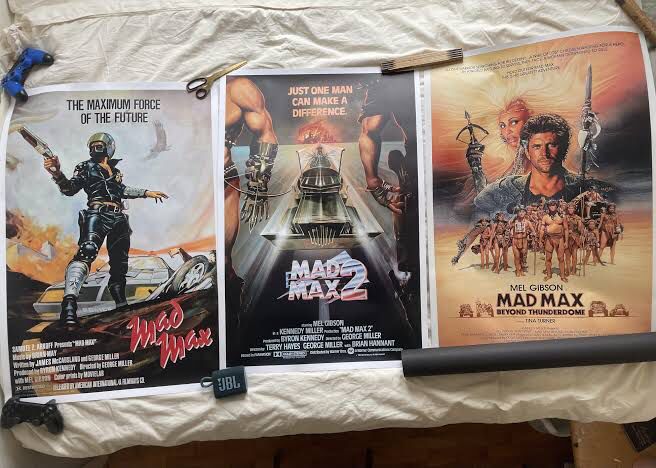
While professionally printed movie posters were always present, many smaller, independent, or community theaters would also display hand-drawn posters or lobby cards. These were often created locally by a talented staff member, a struggling artist, or a graphic design enthusiast. The results could range from professional-quality artwork to endearingly amateurish renditions of the film’s stars and scenes. This unique, local art gave the theater’s lobby a distinct personality and a palpable sense of community involvement. Walking in and seeing a poster lovingly rendered by hand added a personal, unique touch that is impossible to replicate with today’s standardized, digitally mass-produced marketing materials that arrive pre-packaged at every chain theater.
13. Projection Booth Shadows
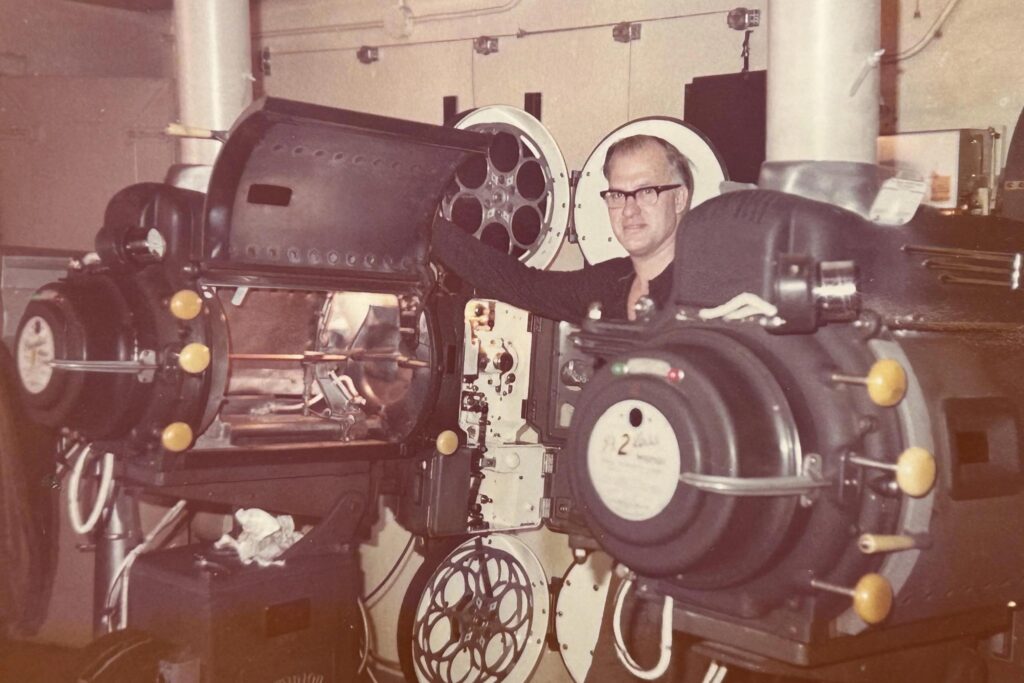
In the days of analog film reels, the projection booth was a physically demanding and often quirky workplace. Since the light beam had to pass from the booth, through a small window, and onto the screen, any movement within the small booth could occasionally break the light path. When a projectionist walked in front of the lamp or reached to adjust the reel, a fleeting shadow, sometimes a head, a hand, or a torso, would briefly appear and flicker across the bottom or side of the screen. These little glitches were minor but acknowledged imperfections, a momentary break in the illusion that reminded the audience they were watching a mechanical process. Today’s pristine digital projection is flawless, eliminating the charmingly analog, accidental interference that was a quiet, shared moment of old-school cinema.
14. No Endless Trailers
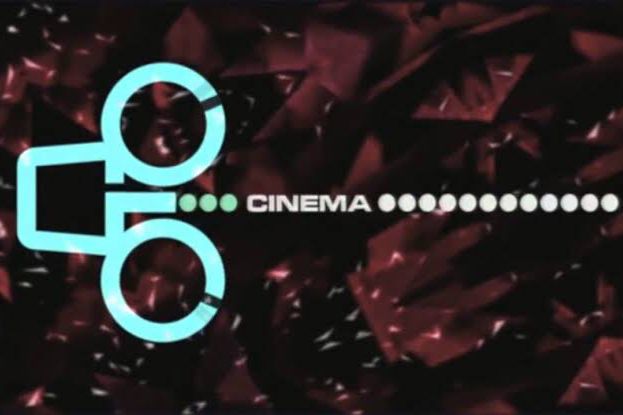
One of the most noticeable differences in the modern movie experience is the relentless length of the pre-feature advertising. Decades ago, the number of trailers was sparse, typically consisting of just two or three previews for upcoming films, followed perhaps by a short ad for the concession stand. The entire pre-show was a concise build-up, ensuring that the feature film began quickly after the lights went down. This brevity kept the audience’s anticipation sharp and respected the time of those who arrived promptly. Today, it is common to sit through 15 to 20 minutes of advertisements and trailers, turning the pre-show into a lengthy, often exhausting commercial break that dilutes the focus before the main event.
15. Creaky Theater Seats
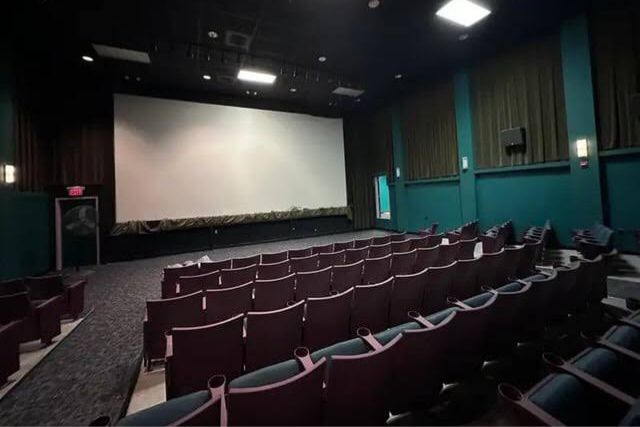
The standard movie theater seat was not the luxurious, reclining armchair with a built-in phone charger found in modern venues. Instead, they were springy, often wooden-backed, upholstered seats that were designed for function over deep comfort. They could be squeaky and stiff, especially after decades of use, and for long films, they became noticeably uncomfortable. Yet, these worn, slightly utilitarian seats were an inseparable part of the communal, slightly scrappy atmosphere of the old cinema. The familiar clack of a seat flipping up or the gentle groan of the springs when a neighbor shifted their weight was part of the theater’s soundtrack, a far cry from the modern expectation of personal, silent, and plush seating luxury.
16. Drive-In Theaters
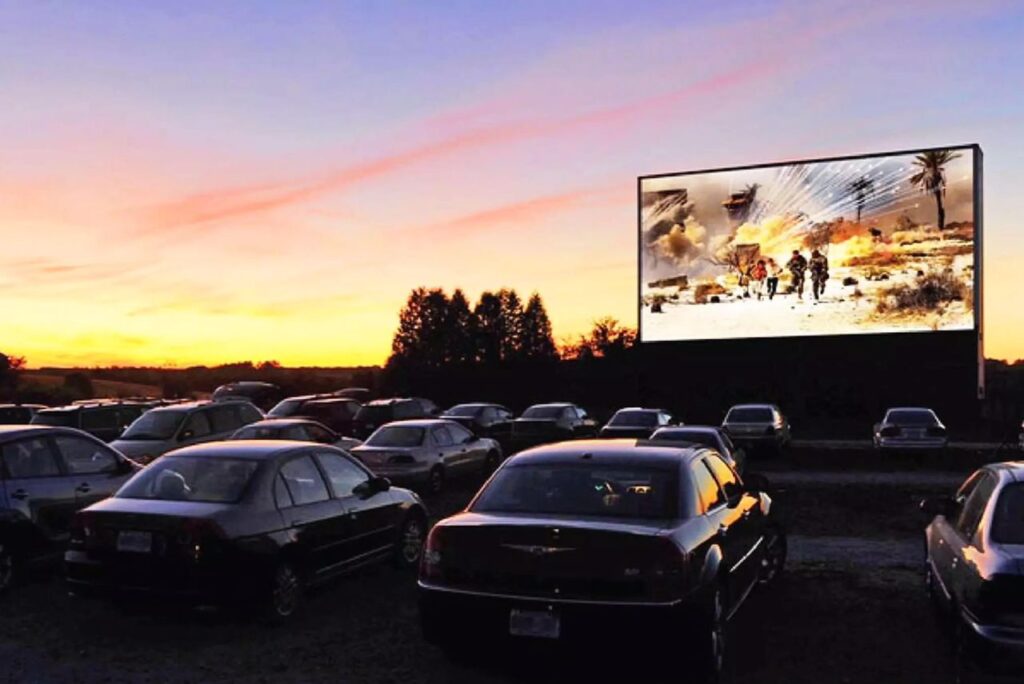
While their peak was in the 1950s and ’60s, drive-in theaters were still a beloved, if diminishing, experience well into the ’80s and ’90s. The premise was uniquely American: families and teenagers would pile into their cars, park in an outdoor lot, and watch a movie on a massive outdoor screen, often under the stars. The audio was typically piped into the car through a small speaker box that attached to the window, or later, a dedicated FM radio frequency. The entire atmosphere was a communal, casual party, requiring essentials like bug spray and blankets. The sound quality was often poor, and the picture wasn’t perfect, but the freedom and atmosphere of watching a film from the comfort of one’s own car is an experience that has almost completely vanished from the modern youth’s cinematic life.
17. Hearing the Projector Whir
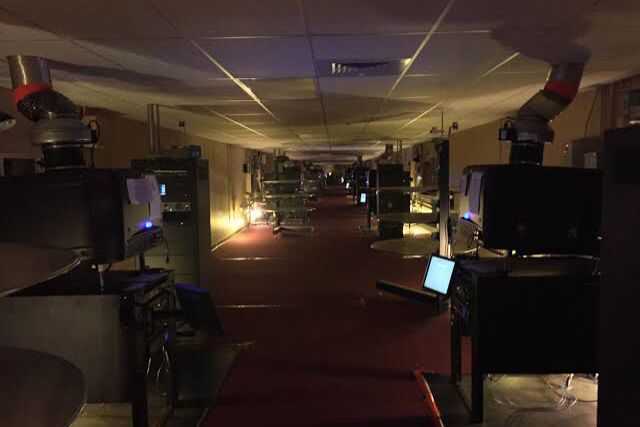
The mechanical process of projecting a movie onto a screen used to be an audible element of the viewing experience. In older theaters, a quiet but distinct clicking and whirring sound of the film-reels feeding through the projector could sometimes be faintly heard from the projection booth. This subtle, rhythmic sound, the sound of the analog process at work, was a comforting, tactile reminder that an actual strip of film was physically moving to create the magic on screen. It was an organic, mechanical accompaniment to the movie itself. Today’s digital projection systems are virtually silent and flawless. While this is a technical improvement, it removes the last physical vestige of the film’s creation and the subtle, humanizing whir that linked the audience to the machinery of the cinema.
18. Audience Participation
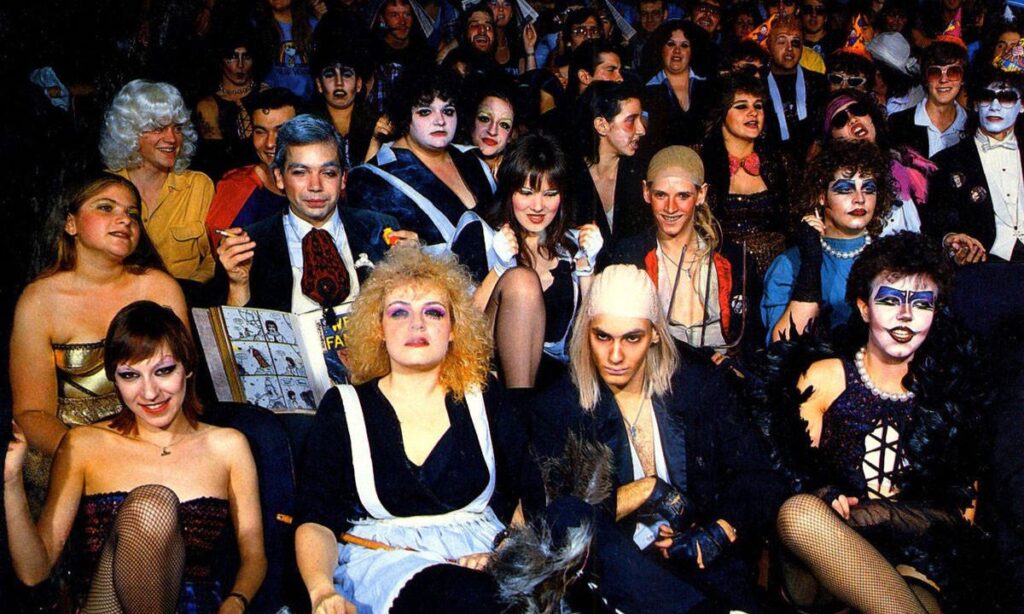
Movie theater audiences in earlier decades, and especially in non-premium screenings, tended to be louder, more interactive, and less restrained. People cheered for the hero, booed the villain, and sometimes even yelled advice at the screen. This was particularly true at special screenings, such as the famous midnight showings of The Rocky Horror Picture Show, where audience participation became a key, expected element of the viewing. The movie felt less like a passive, solitary viewing and more like a live communal event with active shared reactions. While noise levels vary, today’s multiplexes encourage a more reverent, quiet atmosphere, making the old-school, vocalized shared reactions to a movie a largely forgotten tradition of collective enthusiasm.
19. No Reserved Seating

The experience of finding a seat in an unreserved theater was a chaotic, high-stakes game of strategy. If you wanted a good seat, in the center, away from the neck-craning front row, you had to show up early. Upon entry, a mad dash to claim the best spot would ensue, with friends saving entire rows using coats, purses, and even verbal declarations. This created a competitive rush that was stressful but also exhilarating. For latecomers, the only options were often the first row or single seats scattered across the edges. The modern convenience of reserved seating, where your specific recliner is guaranteed by a digital purchase, has entirely eliminated this frantic, early-bird competition that was once a defining social dynamic of going to the movies.
20. Newsreels and Local Ads
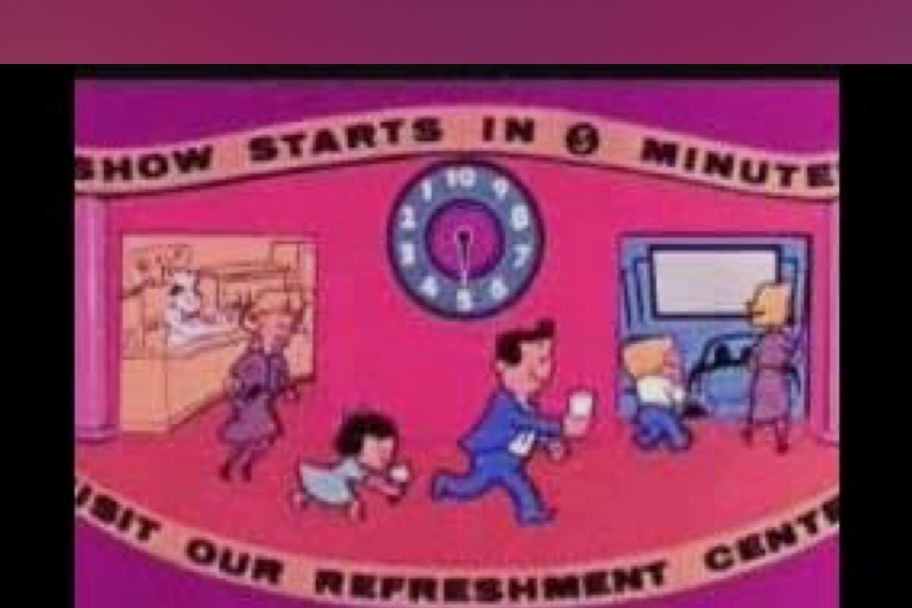
Especially in smaller, independent, and community theaters, the pre-show might include quaint features that tied the movie experience directly to the local area. This included short, grainy newsreels covering international or national events, as well as simple, often awkward local commercials for area businesses like the town’s dry cleaner, diner, or hardware store. These low-budget, community-focused segments made the massive, global cinematic event feel uniquely rooted in the hometown. They were a brief, charming snapshot of the local economy and culture before the Hollywood fantasy began. Today’s pre-show, with its slick, high-production national and international advertising, lacks the personalized, hometown charm that those grainy, awkward local spots once provided.
Going to the movies once felt like a richer, more layered experience, a perfect blend of anticipation, ceremony, and the charming imperfections of analog technology. From the ceremonial tear of a paper ticket to the quiet whir of a projector, these traditions made every trip to the local cinema a truly unforgettable community event. Today’s experience is cleaner, comfier, and more efficient, but it’s traded some of that rough-around-the-edges, communal magic for modern convenience.
Did any of these lost traditions spark a memory for you?
This story 20 Movie Theater Experiences Kids Today Will Mostly Never Know was first published on Daily FETCH


